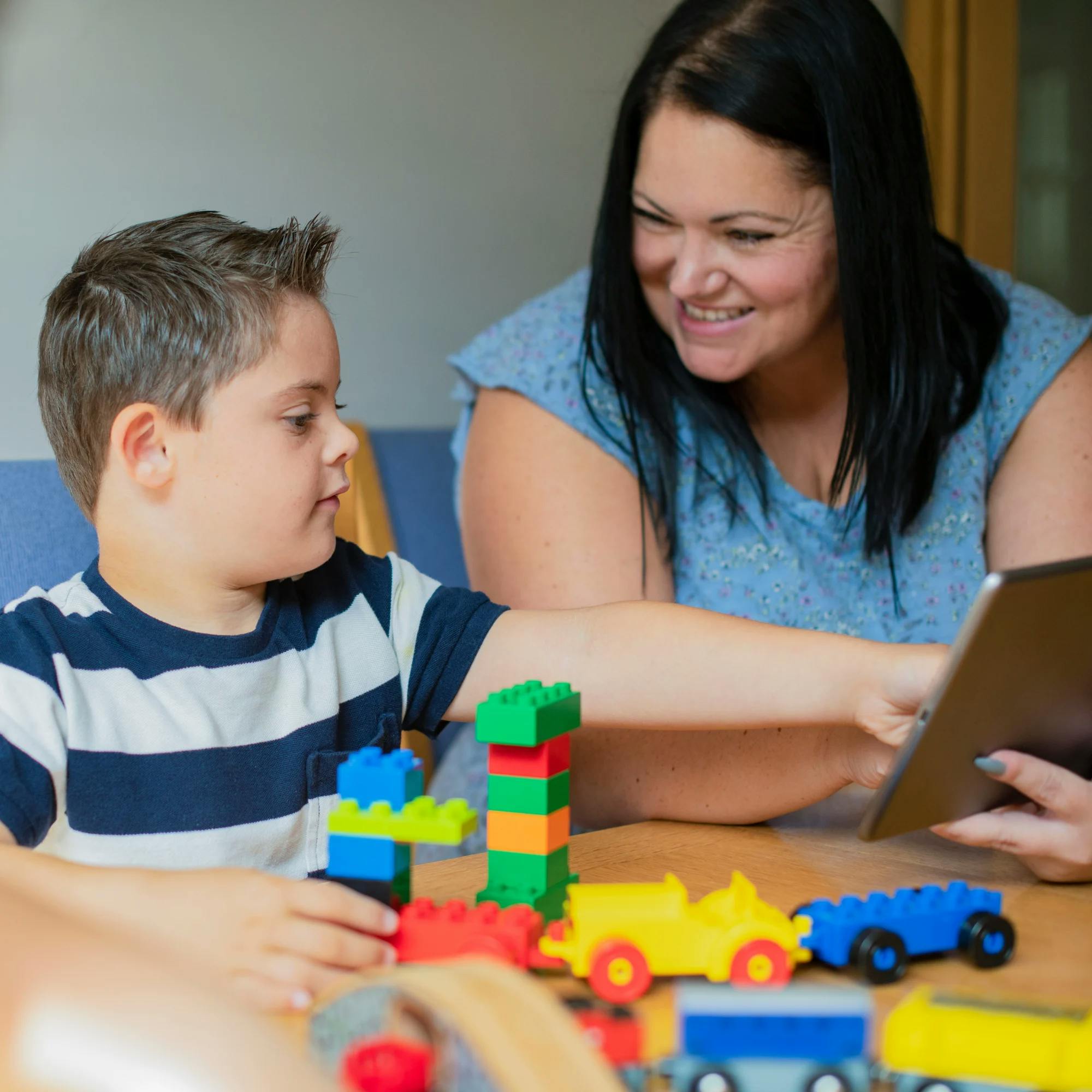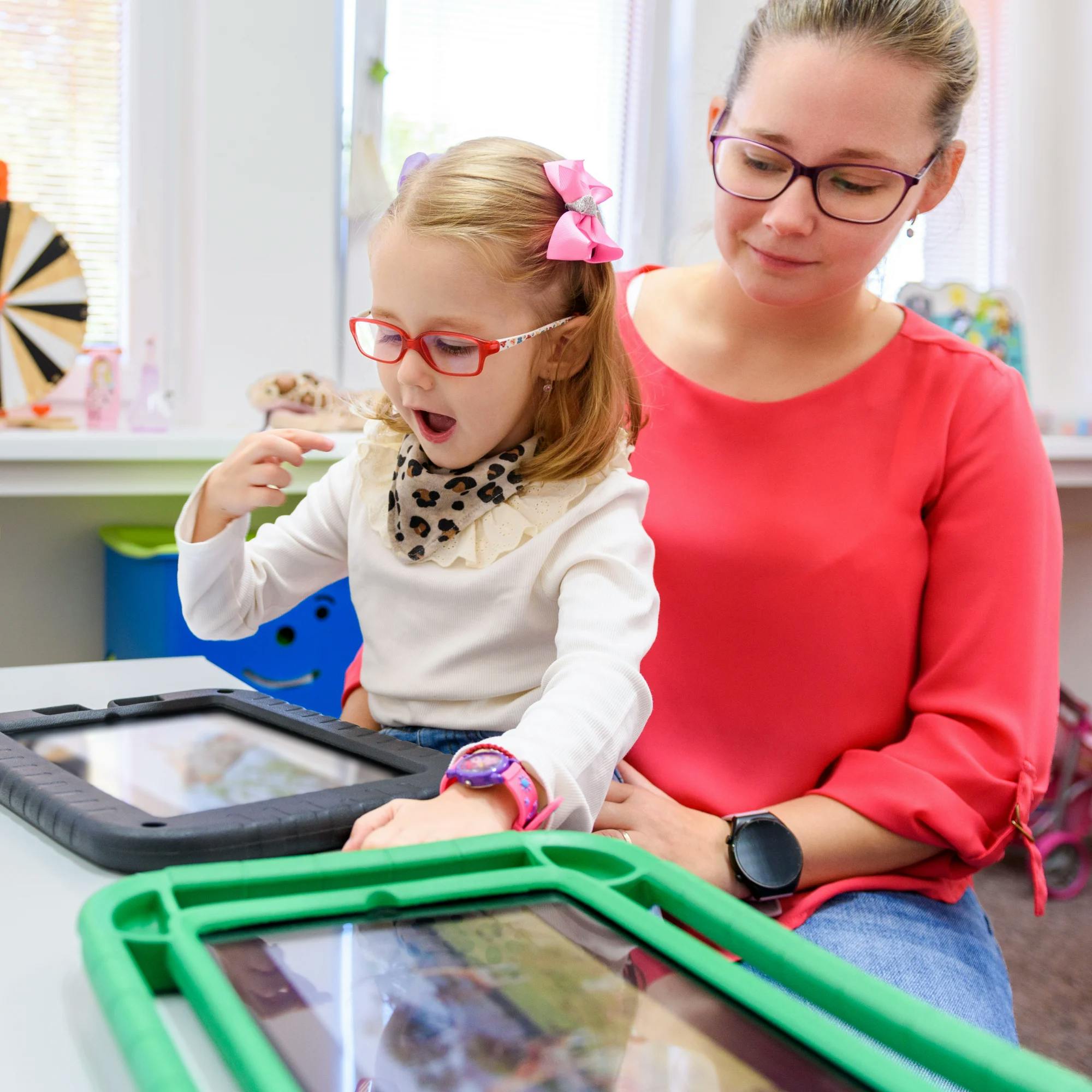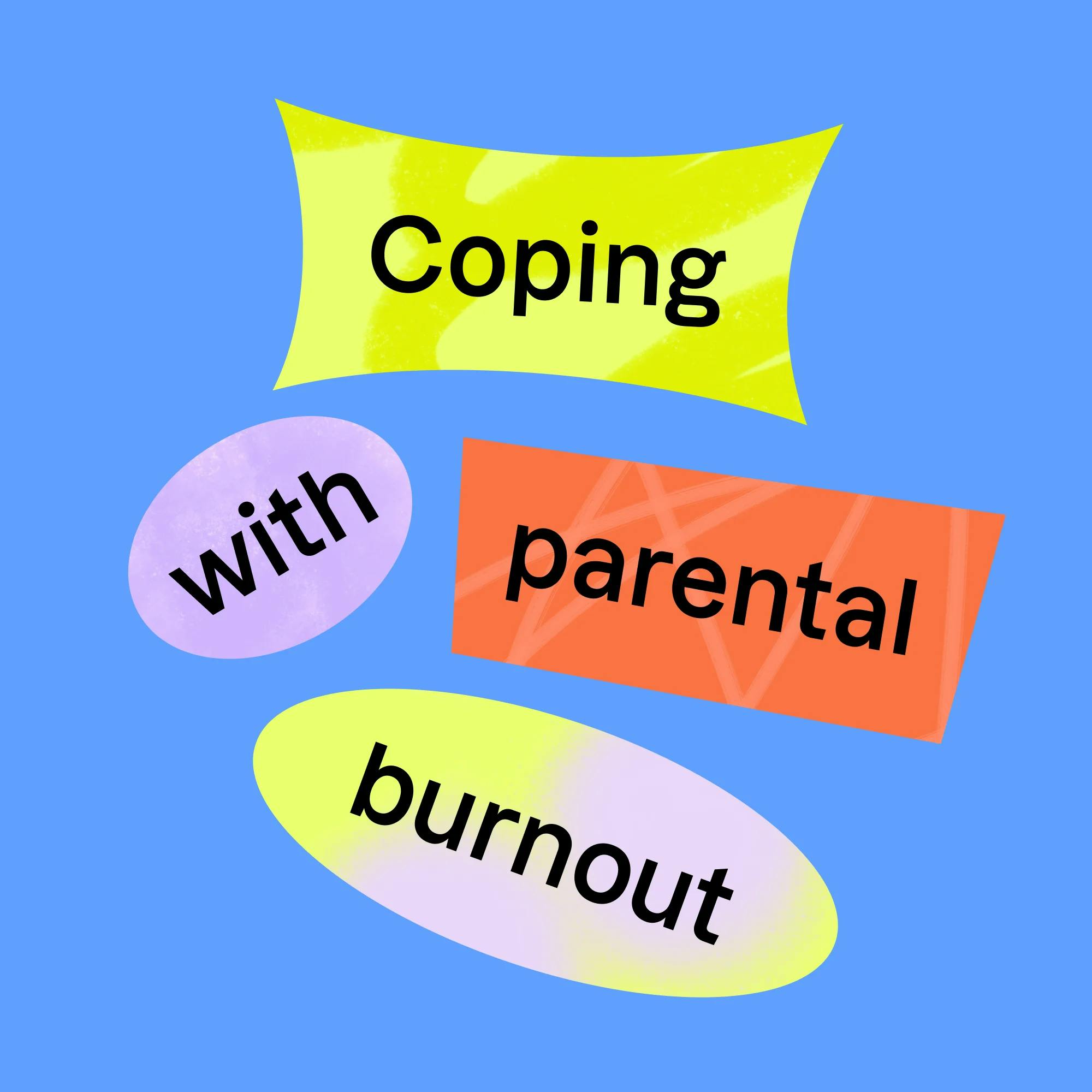Most people who have Down syndrome can benefit from speech therapy in a variety of ways. Read on to learn how Down syndrome can affect speech and language and how speech therapy can help.
What is Down syndrome?
People with Down syndrome are born with an extra chromosome 21. Most people have two copies of this chromosome, but people with Down syndrome have three copies.
According to the CDC, chromosomes are small “packages” of genes in the body. They determine how a baby’s body forms and functions as it grows during pregnancy and after birth. Those with Down syndrome may have health issues such as:
Heart problems
Dementia
Difficulty hearing
Eye issues
Thyroid problems
Skeletal issues
Intestinal problems
Low muscle tone
How is Down syndrome diagnosed?
Down syndrome is sometimes diagnosed in utero. A variety of tests can screen for Down syndrome during pregnancy, including blood tests, amniocentesis, chorionic villus sampling, and nuchal translucency tests.
After birth, babies often can be diagnosed by a physician based on their appearance. They typically have facial features such as a flattened face, a flat nose bridge, almond-shaped eyes, a short neck, and small ears. A blood test is used after birth to officially confirm the diagnosis.


What therapies may be needed for people with Down syndrome?
People with Down syndrome can benefit from a variety of therapies:
Physical therapy can help with motor development and increasing strength. Young children with Down syndrome can benefit from physical therapy early on in life.
Occupational therapy helps people with Down syndrome develop the skills needed to complete daily tasks. This can include the ability to get dressed, eat, complete tasks needed for school and home life, and so much more.
Speech therapy also helps those with Down syndrome. Many children with Down syndrome begin talking later than their peers. A speech therapist can support young children as they gain the developmental skills that lead up to speaking and other forms of communication. Speech therapy can be beneficial for teens and adults with Down syndrome as well, helping them speak more clearly or better express their thoughts, wants, and needs.
What are common speech issues with Down syndrome?
Differences in development caused by Down syndrome can impact speech and language. Here are some examples:
Some children with Down syndrome learn at a slower rate. They may meet developmental milestones more slowly, including speech and language milestones. For example, children with Down syndrome may not speak until they’re 2 or 3 years old.
Low muscle tone in the face can make it hard for people with Down syndrome to pronounce speech sounds clearly.
People with Down syndrome may have differences in their tongue-to-mouth size ratio. This can make it harder to form speech sounds.
When should you start speech therapy for Down syndrome?
You may be wondering when a child with Down syndrome should start speech therapy. In general, the earlier the intervention begins, the faster you'll see progress. It ultimately comes down to when the child’s parent or doctor sees that speech, language, or feeding milestones aren’t being met on time.
Some babies with Down syndrome may begin feeding therapy with a speech therapist at birth. Others may begin speech therapy for communication purposes at 6 months of age or later. Overall, many kids with Down syndrome start speech therapy before age 3.


What does speech therapy for Down syndrome look like?
Speech therapy for Down syndrome isn’t that different from speech therapy given for other reasons. However, there may be special factors to consider during treatment.
The speech therapist will first assess how the person with Down syndrome is currently communicating, as well as any strengths or challenges in communication. The therapist may also talk with the family about any possible hearing loss, which can be common in children with Down syndrome. A referral for a hearing test may be given to rule out the presence of any hearing issues.
No matter the reason for treatment, a speech therapist should meet all clients exactly where they are. Whether the person isn’t yet talking, needs help with vocabulary, or needs to use a mode of communication other than words, speech therapy can support them.
In the same way, people with Down syndrome have a range of needs when it comes to communication. Speech therapy should be tailored to fit exactly what they need.
Using signs to communicate with Down syndrome
During speech therapy, the therapist will look for a variety of ways to help the child communicate. Using simple signs may be helpful. Many kids with Down syndrome can understand more language than what they initially use. They may become easily frustrated if they can’t express what they need to say.
Using sign language to communicate, such as signs for “help,” “more,” “eat,” “drink,” and “play,” can be life-changing for the child and their family. It can give them a form of communication to use until they begin to talk.


Using AAC for Down syndrome
Augmentative and alternative communication (AAC) may also be used to help a child communicate. AAC can be as simple and low-tech as using pictures. For example, a child can have pictures of the foods or toys they like, people in their family, or places they want to go. They can show these pictures to people to communicate what they want or need in that moment. This takes practice, and it’s something that can be learned in speech therapy.
In some cases, AAC is the best form of communication for people with Down syndrome who are speaking verbally.
AAC systems can also be as high-tech as using a device much like an iPad, or apps on a tablet, to communicate. The person might press pictures on the screen to use words, phrases, or even sentences. These devices can say the words for the person so others can understand what they need.
In some cases, AAC is the best form of communication for people who are speaking verbally. People with Down syndrome have low tone in their facial muscles, which can make it challenging to pronounce words clearly. AAC may be the most effective way for them to communicate, opening up many doors in their life.


Helping children with Down syndrome speak in words and sentences
When the person is ready, speech therapy for Down syndrome may focus on verbal communication. The speech therapist will target receptive and expressive language skills as necessary. For example, the speech therapist may have the child practice requesting a toy or activity with their words. The therapist may target single words at first, then work up to phrases or sentences.
For some people with Down syndrome, speech therapy focuses on speech intelligibility, or articulation. This refers to pronouncing words clearly. The person will likely begin working on pronouncing sounds, then increase their skills over time so they can use these speech sounds in daily conversation.
For anyone in speech therapy, consistent practice is key to making progress. The speech therapist will provide the family with functional ways to practice these new skills during everyday activities at home.
How can you find a speech therapist for Down syndrome?
It’s important to find a speech therapist experienced in working with children with Down syndrome. Your child’s pediatrician will likely know of speech therapists who work with this population. You can also ask for recommendations from local or online support groups. One organization to check is the National Down Syndrome Society, which offers many resources and can connect you with local support. The National Association for Down Syndrome is another helpful resource.
Your speech therapist will be there to guide you through the decisions and milestones of your child’s communication journey. With the right therapies and support, children with Down syndrome can communicate, connect with other people–and thrive!
How Expressable Can Help
Concerned your child isn't reaching age-expected milestones? Looking for communication support from a professional? Expressable is a national online speech therapy practice serving children and adults. We treat all major areas of communication and feeding, offer flexible hours including evenings and weekends, and accept most major health insurance plans. We’re proud to have earned more than 3,000 5-star reviews from our clients (4.9/5 average).
Our therapy model is centered on parent and caregiver involvement. Research proves that empowering caregivers to participate in their loved one’s therapy leads to better outcomes. That’s why we combine live, 1-on-1 speech therapy with personalized education and home practice activities for faster progress.
Communication is more than words. It’s how we share how we feel and show who we are. We’re here to help you or your child do just that.

 Abby Barnes, M.S., CCC-SLP
Abby Barnes, M.S., CCC-SLP









